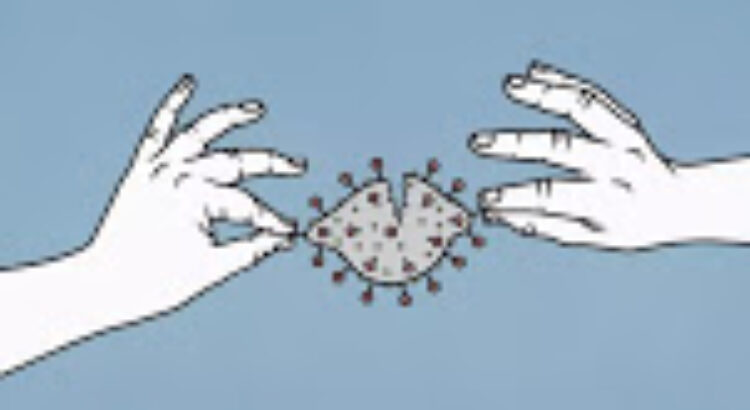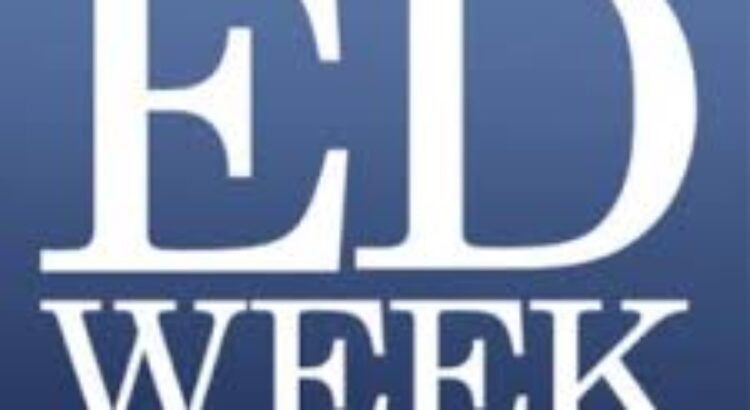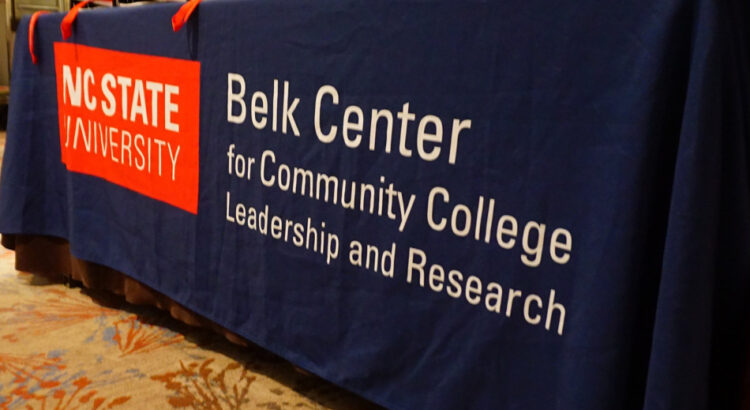Por: Leonardo Díaz
Gracias a la cultura digital, los usuarios conforman mundos de datos personalizados reforzando sus creencias y deseos a partir de la información que proporcionan a los sistemas algorítmicos de las redes sociales.
Ante el asombro internacional, el proceso electoral estadounidense ha sido enrarecido por una atmósfera de conspiranoia creada por el 45to presidente de los Estados Unidos, Donald Trump.
El presidente candidato ha “denunciado” un supuesto fraude perpetuado por el Pardido Demócrata, con el apoyo de todos los medios de comunicación que han proyectado la victoria de su opositor, Joe Biden, y por implicación, con el contubernio de miles y miles de personas que se requerirían en cada Estado de la Unión Americana para ejecutar la infamia.
Durante la campaña electoral el presidente había diseñado una estrategia de descrédito sobre el proceso y sus rivales. “Advirtió” que intentarían robarle las elecciones mediante el voto por correo que, debido a las características de grandes segmentos de la población con intención de voto demócrata en los Estados Unidos, favorecía mayoritariamente a Joe Biden.
“¿Por qué Trump denuncia fraude electoral?” es el título de un artículo publicado en este mismo periódico por el psiquiatra Raj Persaud, https://acento.com.do/opinion/por-que-trump-denuncia-fraude-electoral-8880105.html?fbclid=IwAR3WwTCOCkaInssFqZz-3eBY7-mjJxEThM2eLrGh7Ef1n68Q5NAmdqO6J2Y interrogante que muchas personas habrán realizado en los últimos días.
En su artículo, Persaud reseña un estudio realizado durante las elecciones del año 2016, publicado recientemente en la revista Research & Politics, acerca de los efectos producidos por la retórica conspirativa relacionada con la interferencia electoral en adultos norteamericanos con edad de votar. (https://journals.sagepub.com/doi/pdf/10.1177/2053168020959859).
Los resultados del estudio son preocupantes. La exposición a una retórica conspirativa relacionadas con interferencias electorales aumenta los sentimientos de ira, frustración e indignación reduciendo la credibilidad en las instituciones democráticas.
Las teorías conspirativas tienden a prosperar, como señala en una reciente entrevista el psicólogo evolutivo Steven Pinker, https://elpais.com/ideas/2020-11-07/steven-pinker-el-partido-democrata-debe-distanciarse-de-la-palabra-socialismo.html?ssm=FB_CC&fbclid=IwAR3wlLvy1Nwy3zcMxWv_rPPzE3WUK3BWeTKAGwzKx9dq2AED33QBcndtj64 porque los seres humanos nos nutrimos de narraciones para lidiar con los problemas de la vida cotidiana.
Estas narrativas simplifican el mundo comprendiéndolo en dicotomías: bueno-malo; seguro-amenazante; pro-vida-anti-vida; entre otras dualidades. Estos relatos han sido útiles para nuestra sobrevivencia como especie.
Las referidas narraciones refuerzan el sentido de co-pertenencia a la tribu donde los individuos se interpretan a sí mismos como encarnaciones del lado positivo de las dicotomías y colocan al integrante del otro grupo (étnico, religioso, ideológico) en el lado negativo de las mismas.
Gracias a la cultura digital, los usuarios conforman mundos de datos personalizados reforzando sus creencias y deseos a partir de la información que proporcionan a los sistemas algorítmicos de las redes sociales. En esta atmósfera, se propagan los prejuicios conspirativos de los colectivos más predispuestos a ellos, como los derrotados de una contienda electoral.
Así, la conspiranoia poselectoral estadounidense es comprensible, pero no deja de ser injustificable que una tendencia irracional de los seres humanos sea explotada de manera ególatra e irresponsable por un líder autoritario, apoyado por una maquinaria partidaria que intenta obtener capital político a costa de las instituciones, las leyes y la ciudadanía.
Fuente: https://acento.com.do/opinion/conspiranoia-politica-8881879.html













 Users Today : 24
Users Today : 24 Total Users : 35460233
Total Users : 35460233 Views Today : 29
Views Today : 29 Total views : 3418924
Total views : 3418924